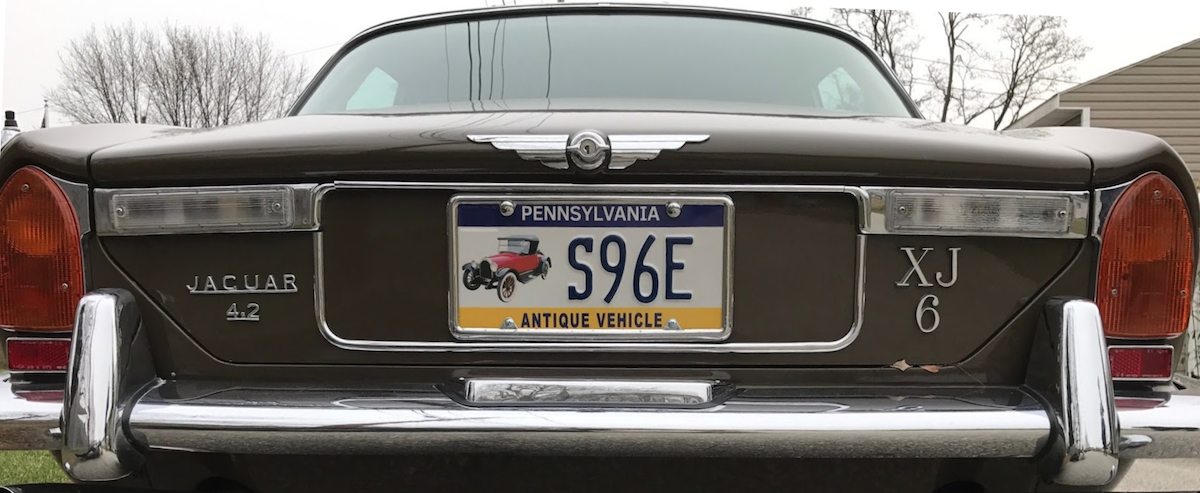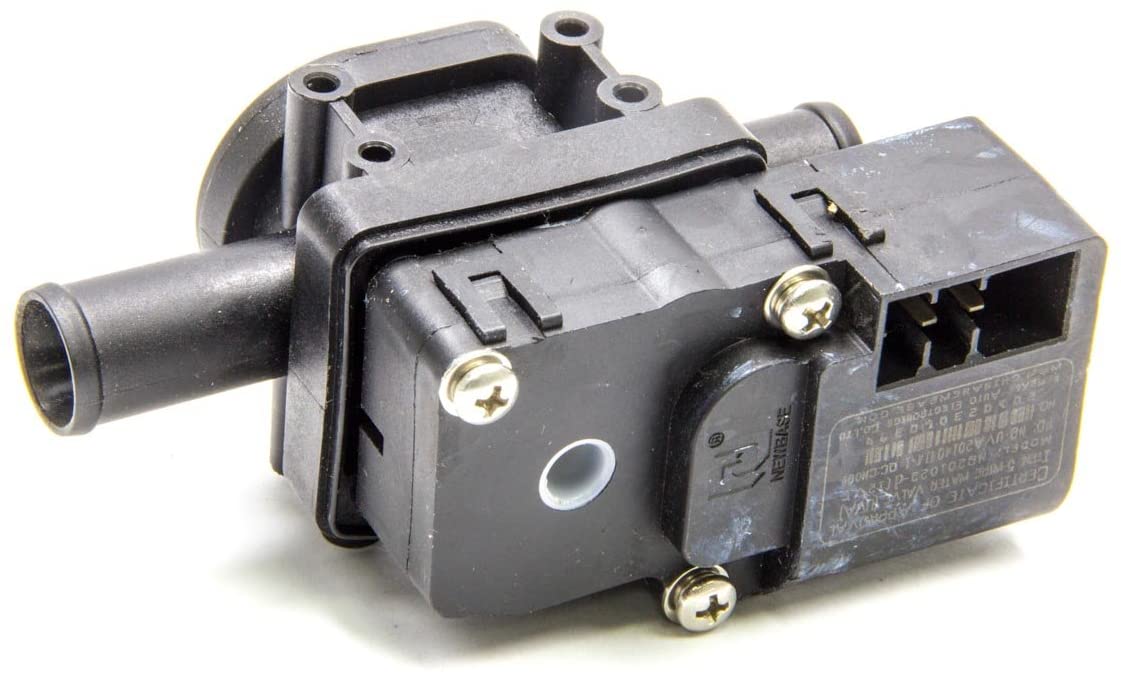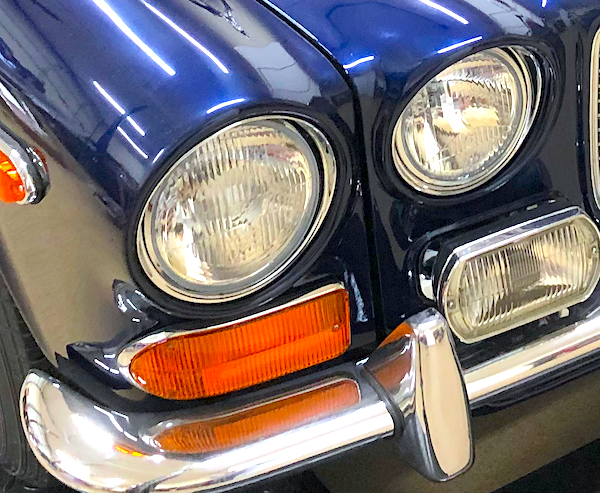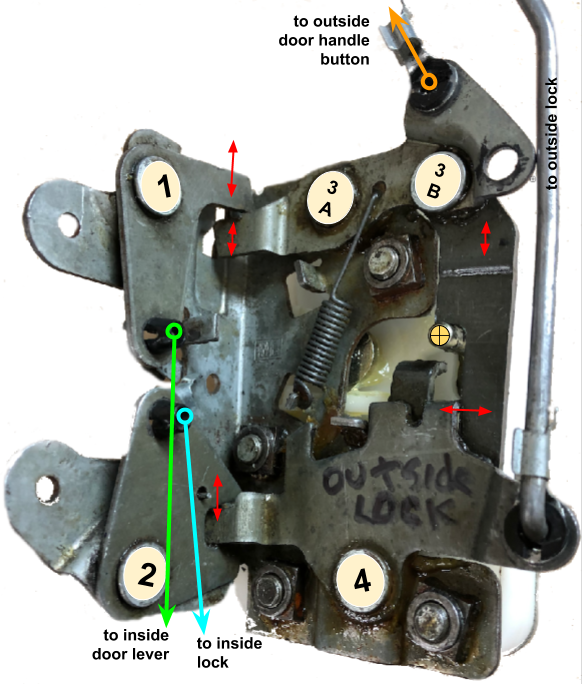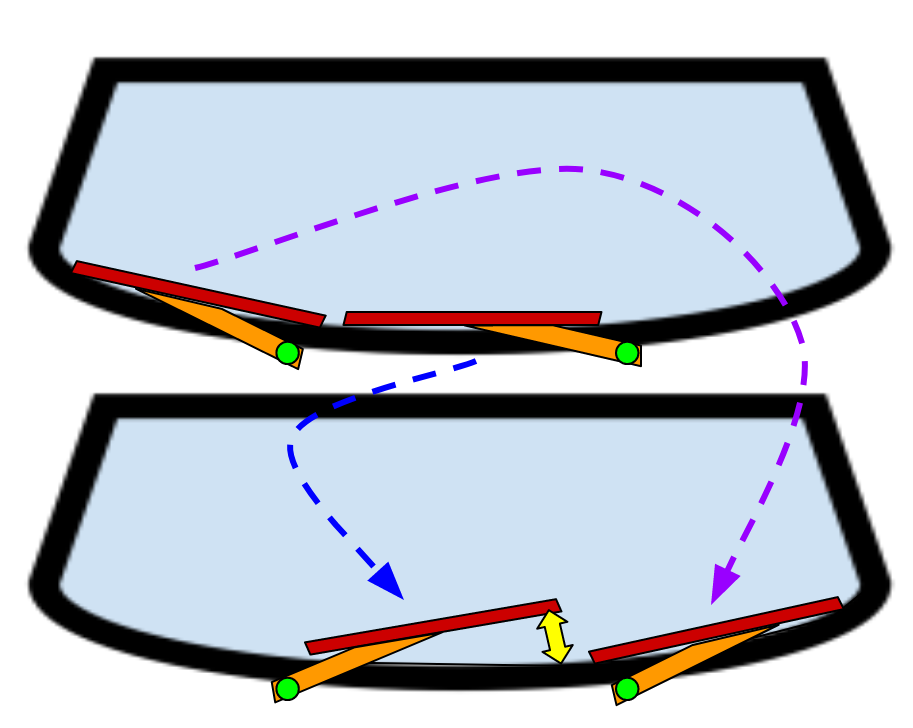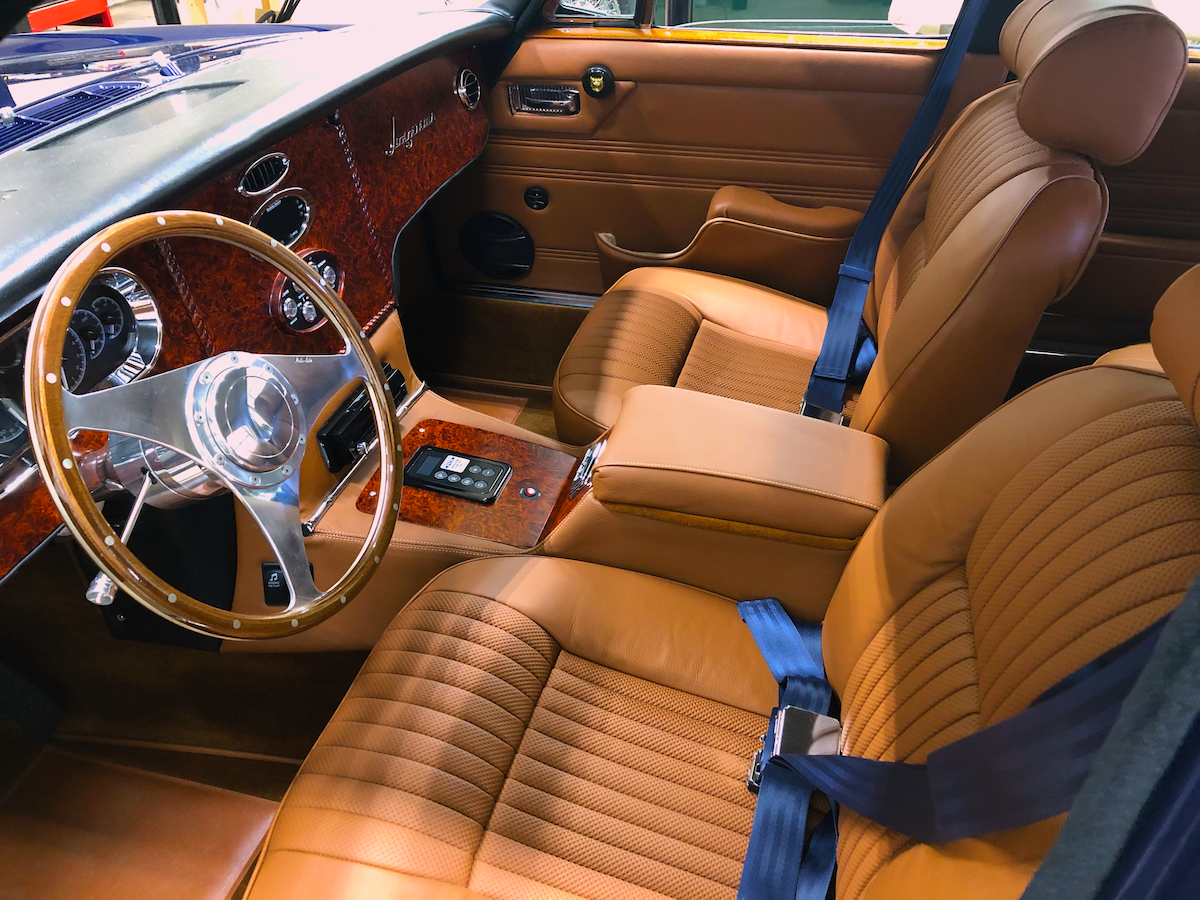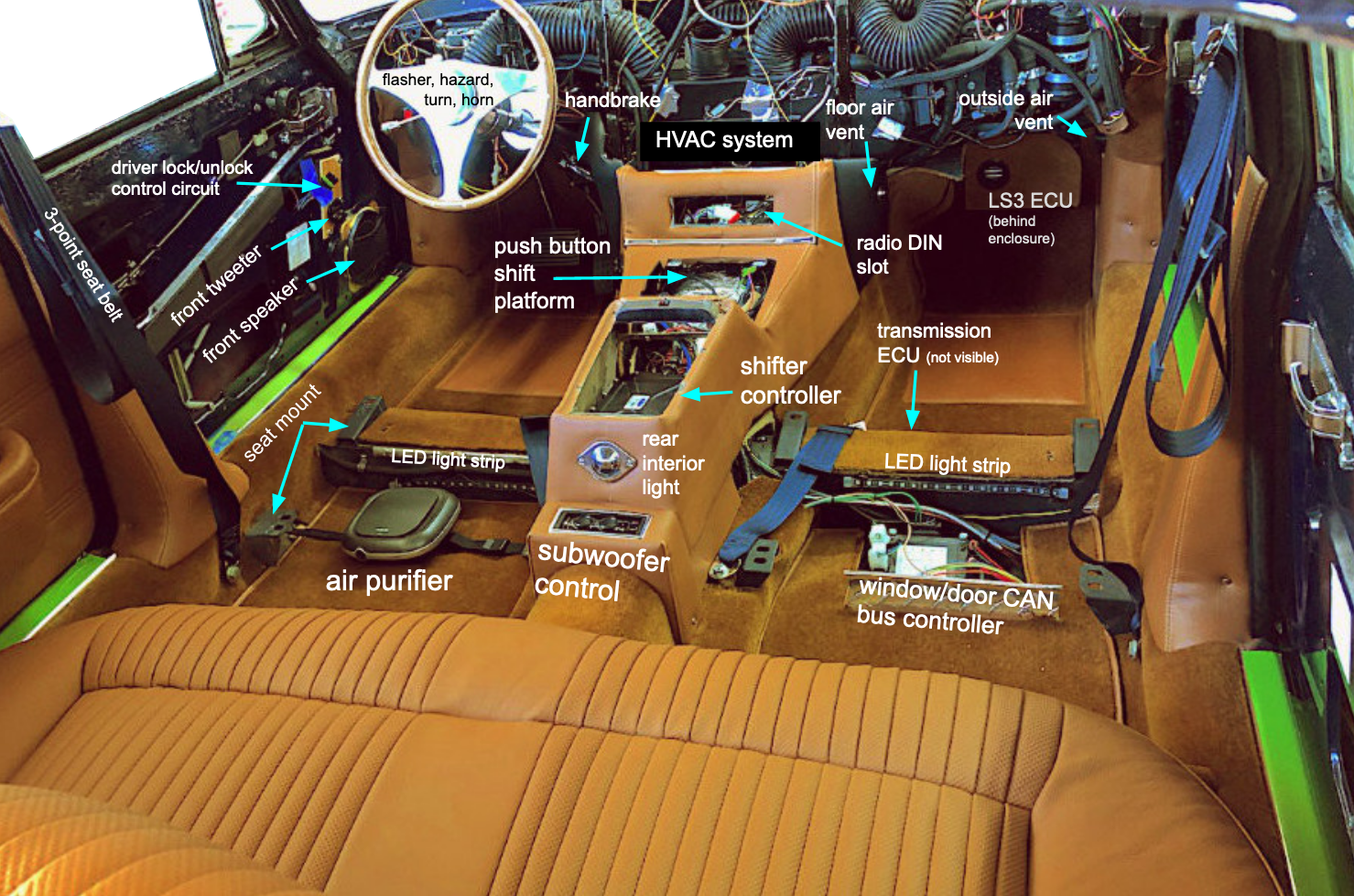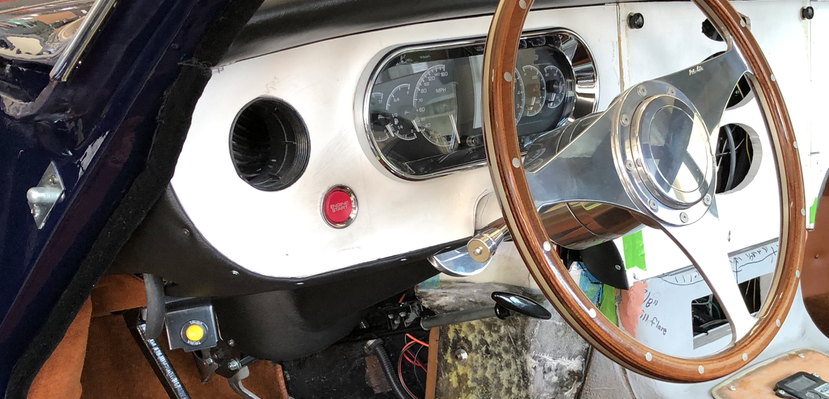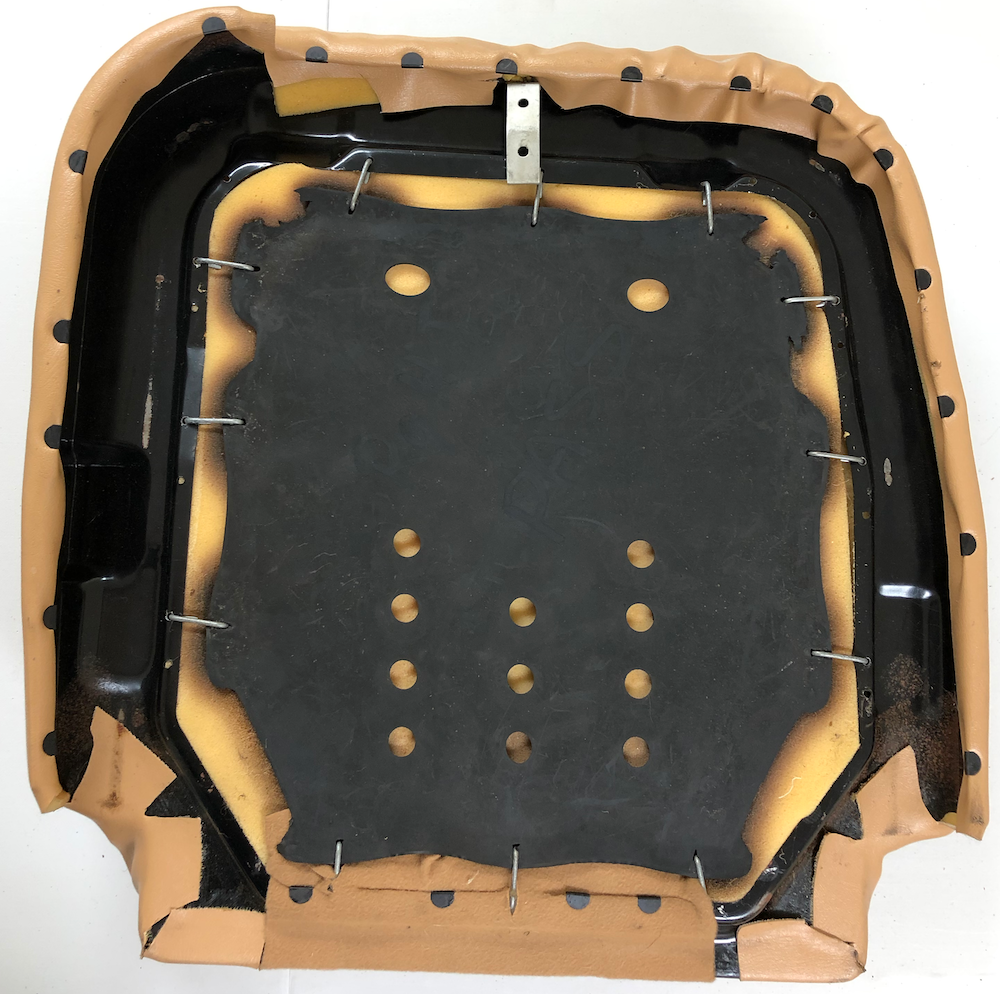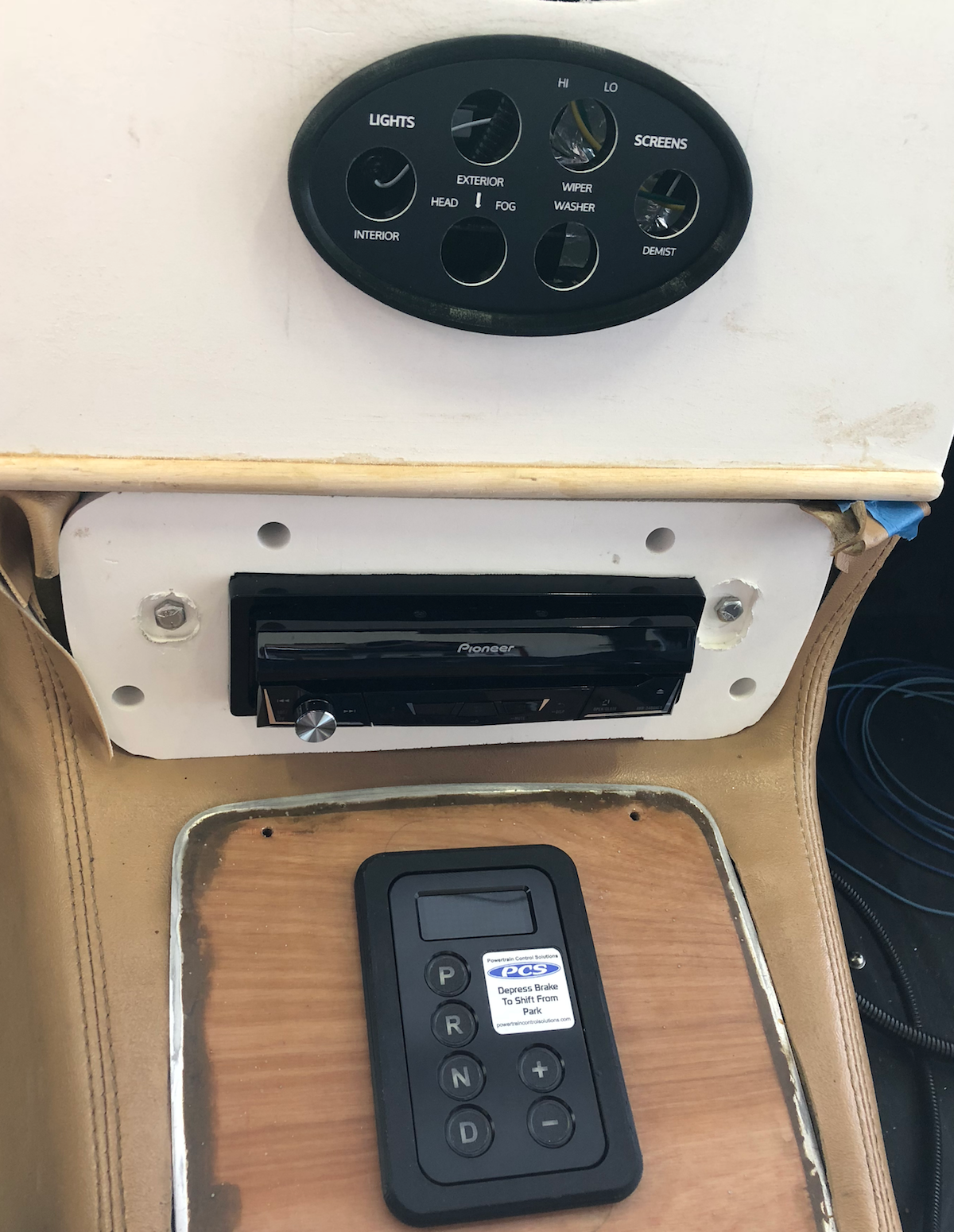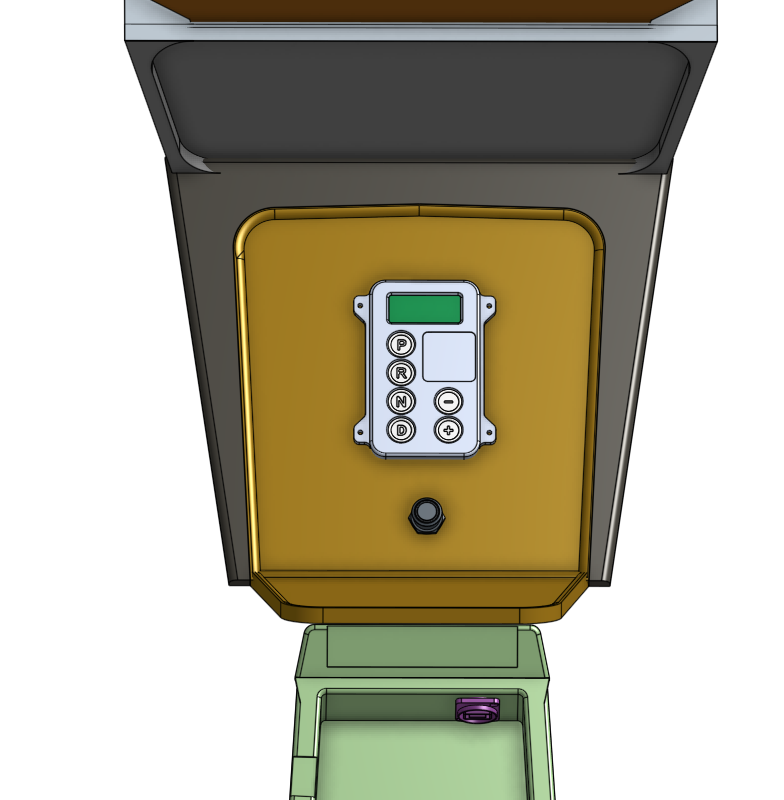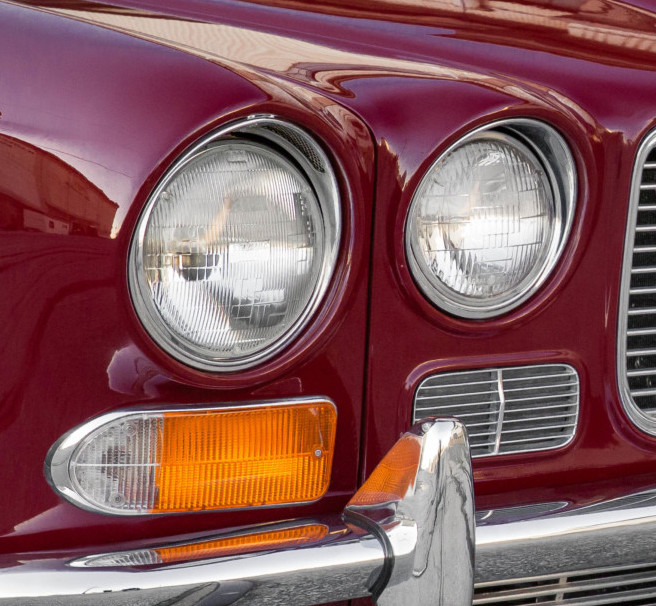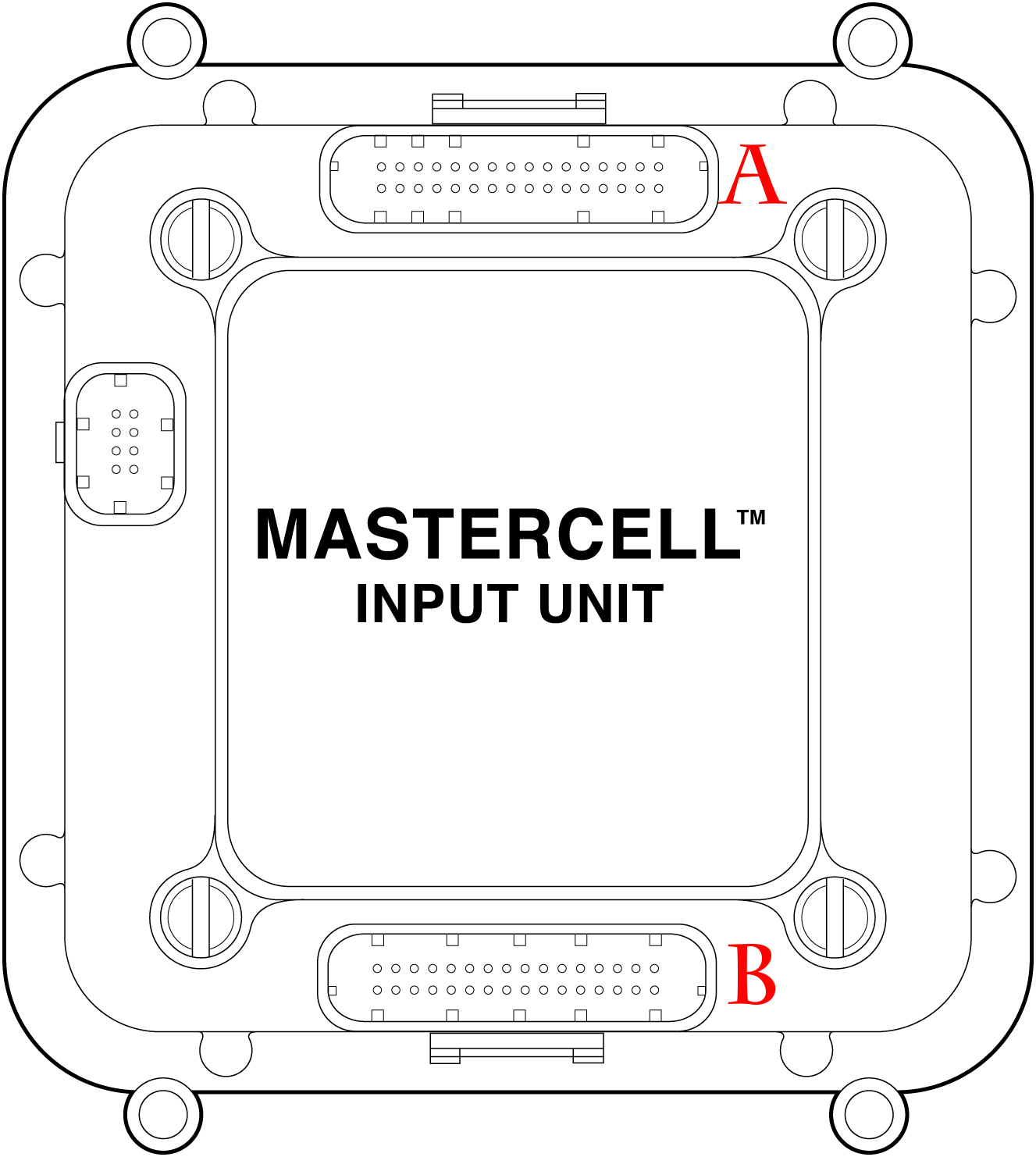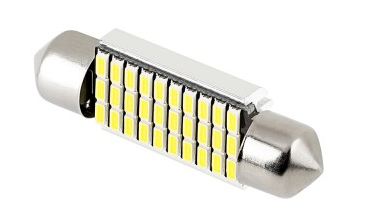Background
Founded in 1922, the predecessor company to Jaguar Motors made motorcycle sidecars and appropriately carried the Swallow Sidecar Company name. In 1935, the “Jaguar” brand was added and it soon become the sole corporate identifier (the “SS” insignia for Swallow Sidecar obviously became toxic given its Nazi association).
Custom car bonnet ornaments, frequently offered by dealers, was the fashion in the early 20th century. Supposedly Sir William Lyons, co-founder and CEO of Jaguar, disliked many of the amateur embellishments and commissioned an official cat motif worked on by Bill Rankin, a Jaguar employee and part-time sculptor, and Frederick Gordon Crosby, an well respected automotive illustrator. A bronze prototype of a jaguar leaping into the air, first introduced in 1938, became iconic in automotive circles.
By the mid-1960s, Lyons appreciated that the older style saloons like the Mk2 needed to be streamlined with upgraded handling and power like the sleek E-type sports car had done to the older two-seater XK120/150 line. Thus was born the eXperimental Jaguar project, launched at the 1968 Paris Motor Show as the XJ6. The “6” represented the inline six cylinder engine.
XJ6 badge treatment
The front bonnet of US-export XJ6s generally have a leaping cat ornament (as ours does). In the UK however, the XJ6 did not typically have any bonnet embellishment (perhaps Sir William discouraged this practice at home). We elected to keep all the original U.S. version fittings, including the fog lights (they have different lenses) and, of course, the leaping cat.
The rear badge treatment varied by region as well as by model variant. In trying to accommodate a wide range of regulations, Jaguar made something of a mash of the rear appearance.
Our vintage 1972 looked like this.
British license plates come in different sizes unlike in the U.S. where they are standardized 12 x 6″ rectangles.
The large U.K. plate is 21 x 6″ and Jaguar designed the rear boot with this in mind creating a chrome surround that incorporated the reverse lights at the left and right top of the rounded rectangle. The problem is that U.S. license plates look silly in the larger frame.
For America, Jaguar also slapped on reflectors below the rear lights as required by U.S. safety regulations.
But most significantly, the “XJ6” do longer describes our vehicle. Yes, it’s certainly an “XJ” but not a “6”. Trying to append an “8” to represent the LS3 V-8 is just confusing given other Jaguar XJ models; badging the car as an “LS3” is probably even worse.
The current model XJ returns to the leaping cat motif by placing a profile badge on the upper part of the boot with a “Jaguar” affixed below it.
So to keep the same DNA so to speak, we’ve decided to add the modern cat profile to our 1972 boot in lieu of “4.2” and “6” engine designations. The double license plate surround is gone, and the “XJ” letters without the “6” were moved to the left side.


